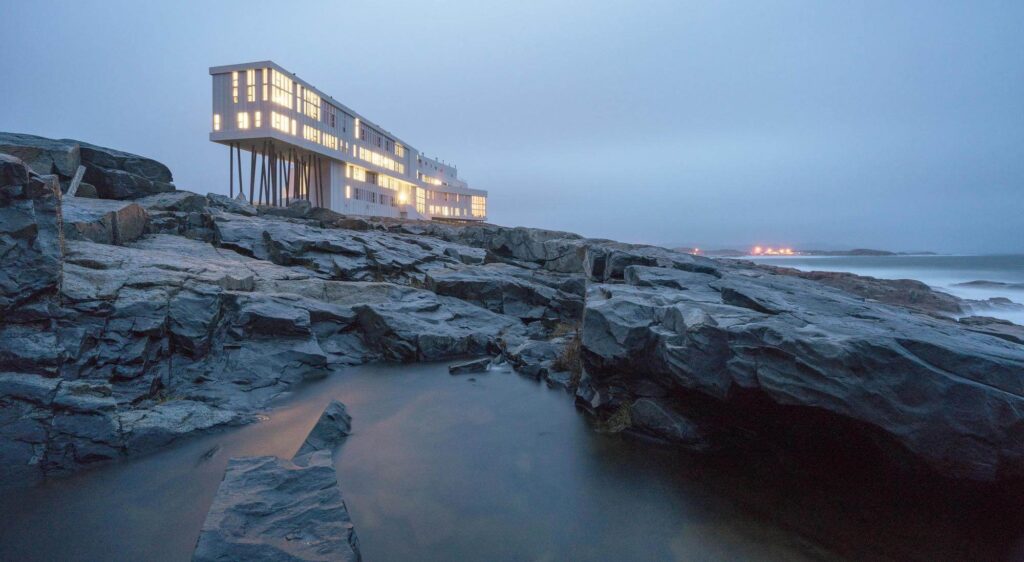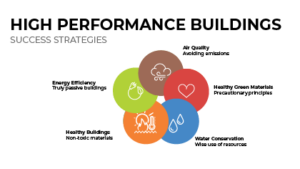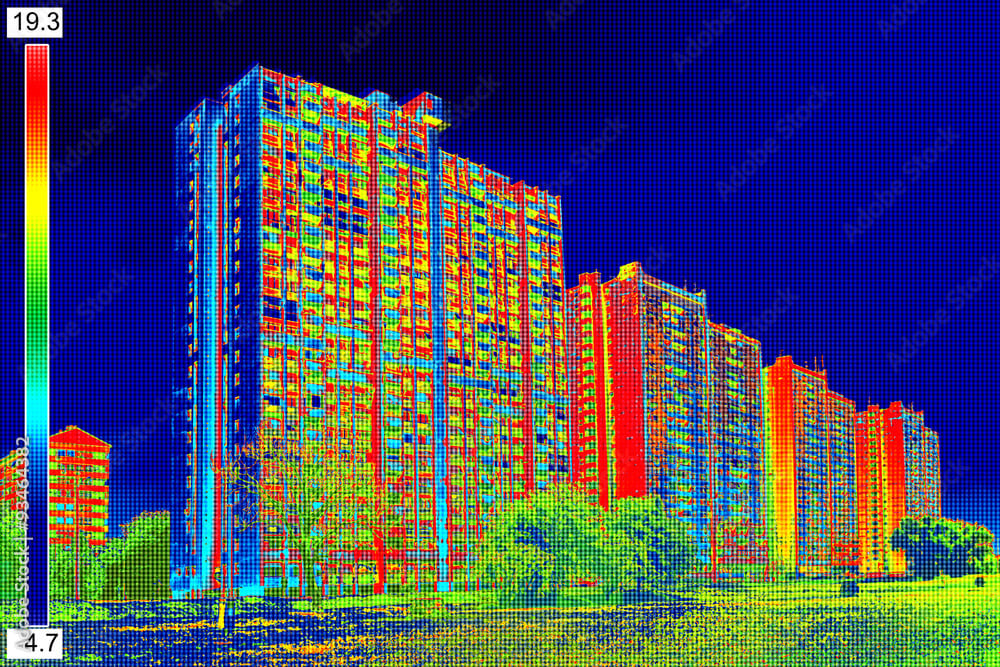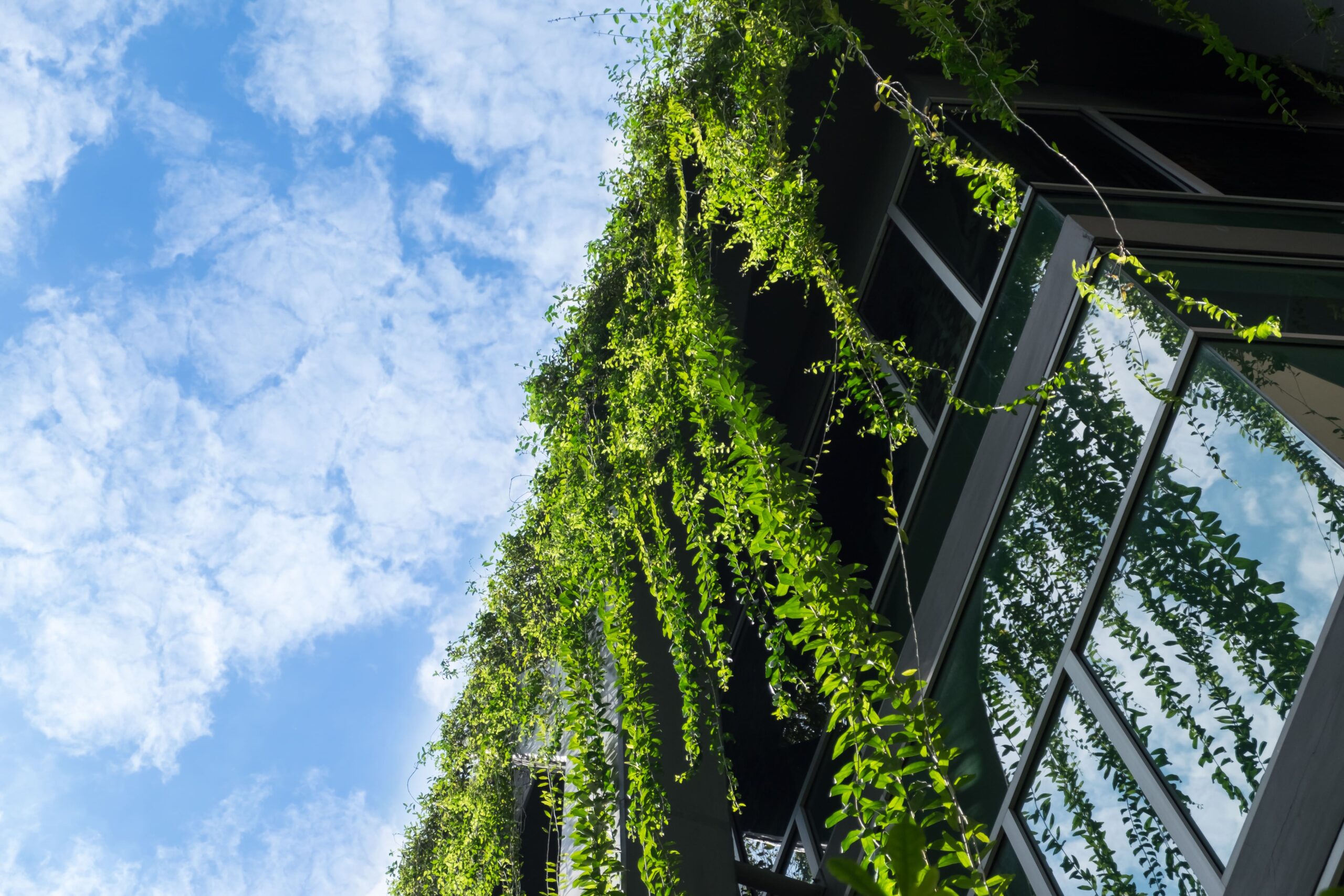We’re catalysts for transformative design. Our goal is to enable Architects to create spaces that radiate sustainability, resilience, and empowerment.
Elevate Design, Drive Change
Envision a world where every architectural marvel also drives positive change. That’s the world we’re crafting. From energy-efficient homes to vibrant community hubs, we infuse each project with game-changing innovation. Our designs don’t just stand; they stand for progress.
Where Vision Becomes Reality
We transcend convention, going beyond benchmarks and norms. Our collaborative approach blends imaginative design with cutting-edge technology and strategic insight. It’s where your vision becomes a reality, and where your goals find their ultimate expression.
Partnering for Impact
By partnering with us, you’re embracing a purpose-driven alliance. We navigate beyond the confines of standard design, offering tailored strategies that align with your objectives. Our dedication to sustainability isn’t just our principle; it’s our commitment to you.
Together, Let’s Shape Tomorrow
Join us on a journey where design isn’t just aesthetics—it’s a conduit for positive change. Together, let’s forge a future that’s greener, brighter, and more impactful.

We have found Sandra’s input valuable in pushing our design team to look at a variety of different solutions to design a better and more sustainable building. Her perspective and contributions have been a catalyst for achieving a high level of energy savings and sustainability in an incredibly complex buildi

Spencer Andres, RPP, MCIP (he/him)
Senior Planner + Project Manager for the Salvation Army’s Harbour Light in Vancouver B.C., CitySpaces
About Us
We have a team of consultants, energy modelers and other experts that would love to talk to help your company design more sustainable buildings.
From Passive House insights to sustainable strategy, energy and financial modeling, grant writing, and project management, we’re your partners in progress.

Who We Help
We work with building owners, developers, and architects who are designing new sustainable buildings or retrofitting existing ones. Whether you’re looking to reduce your building’s operational costs, and ghg impact, or you are navigating green building certifications and for solutions for certifications that make it more streamlined for your team, we’re here to make the process clearer, faster, and more effective.


What We Do
AffectingChange Inc. is an female-owned independent Canadian green building consulting firm with a commitment to the green building revolution. We have a high level of expertise and we provide strategic green building design support, project management tools, and certification expertise to help you design and deliver low-carbon buildings that are:
✔ Energy-efficient
✔ Healthy
✔ Climate-resilient
✔ Aligned with ESG goals
From feasibility to certification, we work on new construction and building retrofits to help you plan, manage, and document your project’s sustainability journey. We have in-depth knowledge about building systems, including modular construction so we are a great asset to a team working on affordable housing projects and a worthwhile addition to a construction team.
Reducing carbon emissions is important to us. Using building simulation and state-of-the-art project management systems, and other high-tech tools, we work on a variety of building types including apartment buildings, low-rise multi-family buildings, multi-family mid-rise buildings, commercial buildings and institutional buildings, including healthcare.
We stand out from the sustainable design industry because we have worked on numerous projects throughout North America, in a variety of different climates and we are tech-enabled, utilizing an online project management system to enhance the integrated design process.
We were pioneers in the green building movement. Our work on net zero building design (that achieved the equivalent of the Living Building Challenge) dates back to the early 90’s. We have worked as green design consultants for over 30 years. We have been often hired by Sustainable Buildings Canada as specialized design charrette consultants.
We work with a wide range of sustainable certification programs on a variety of building types including commercial buildings, institutional buildings, and multi-unit residential buildings and we are very familiar with the technical requirements for each program.
Featured Services

Green building consulting
Green building consulting helping you from the project inception with a roadmap through the certification process and a certification pathway for a variety of rating systems including LEED, BOMA Best Sustainable, Green Globes, Canada Green Building Council‘s Zero Carbon Building Standard, Passive House, and Living Building Challenge. We are used to dealing with complex rating systems.

Project Management Tools
We use our enabledchange™ project management system with task lists, templates & timelines to enable your team to achieve certification thresholds easily, without the overwhelm.

Integrated Design Process Facilitation
We use building simulation to do performance analysis and implement IDP using state-of-the-art tools to achieve a wide range of goals, including energy efficiency and high levels of indoor air quality. We use our project management system to create ongoing communication between team members.

Interior Design
We have the experience and technical knowledge to create beautiful building interiors with optimized daylighting, smart lighting controls, and implement biophilic design solutions that augment indoor air quality and create a healthier work environment. We are familiar with Living Building Challenge Redlist and healthy building materials.

Construction Review
We work with your construction team on capital projects to review and approve building materials, do construction reviews, and create low-impact, healthy and energy efficient buildings. We use technical knowledge and software solutions to ensure that your green building consultant is NOT the bottleneck on your construction project, thus reducing construction costs.

Climate-Ready Retrofit Consulting
Our consulting includes reducing operational costs by doing strategic building retrofits that utilize geothermal energy, thermal storage systems, energy recovery and renewable energy systems (including solar power generation) resulting in lower operating costs, reduced environmental impact, and lowered carbon emissions.

Enabling Sustainable Operations
We work with your construction team on capital projects to review and approve building materials, do construction reviews, and create low-impact, healthy and energy efficient buildings. We use technical knowledge and software solutions to ensure that your green building consultant is NOT the bottleneck on your construction project, thus reducing construction costs.

Data-Driven Asset Management
Our consulting includes reducing operational costs by doing strategic building retrofits that utilize geothermal energy, thermal storage systems, energy recovery and renewable energy systems (including solar power generation) resulting in lower operating costs, reduced environmental impact, and lowered carbon emissions.
Success Stories
Our sustainability consulting work helped institutional buildings such as hospitals become global leaders in energy performance while reducing their climate impact, guided award-winning resorts toward sustainable tourism recognition, and enabled Indigenous communities to secure major grants for construction projects that enable them to efficiently address food insecurity.
Established in 2010, we have in-depth knowledge since we have been working in the green building movement for over thirty years. We work on sustainable and high-performance buildings and environmental design projects, reducing greenhouse gas emissions, on projects throughout North America.

“They were able to help us meet Step 3 levels of performance on our new headquarters in downtown Vancouver and help us create a low-carbon building. Their green building design consulting helped us cut costs, make the building more climate resilient and improve building performance while meeting our ambitious sustainability targets. I would recommend affectingchange to any building owner or design team.”
— Michaela Jones, Project Manager, Salvation Army
Building Resilience, Inside and Out
We are led by Sandra Leigh Lester, a female founder with in-depth knowledge in green building design, living with a chronic illness and she brings a unique lens to sustainable building consulting—one that’s grounded in empathy, systems thinking, and real-world resilience. She is a LEED-accredited Professional, Certified Passive House Designer, Certified Interior Designer, Certified Sustainable Building Advisor (CSBA) and taught the CSBA Program for the Canada Green Building Council. We are a trusted partner and we understand how the design of green buildings has an impact on people.
We are not only certification consultants, we help our clients create projects that implement feasible solutions that reduce operational costs, meet your corporate sustainability goals, going beyond compliance to create healthier, more future-ready buildings—for everyone who uses them.

Get started on your project by booking a free introductory call today
We have a commitment to sustainability, and a passion for working with your team of professionals on any sustainability effort, on any project budget. Let’s explore how we can help you deliver a greener, healthier environment, and higher-performing building—without the overwhelm.

